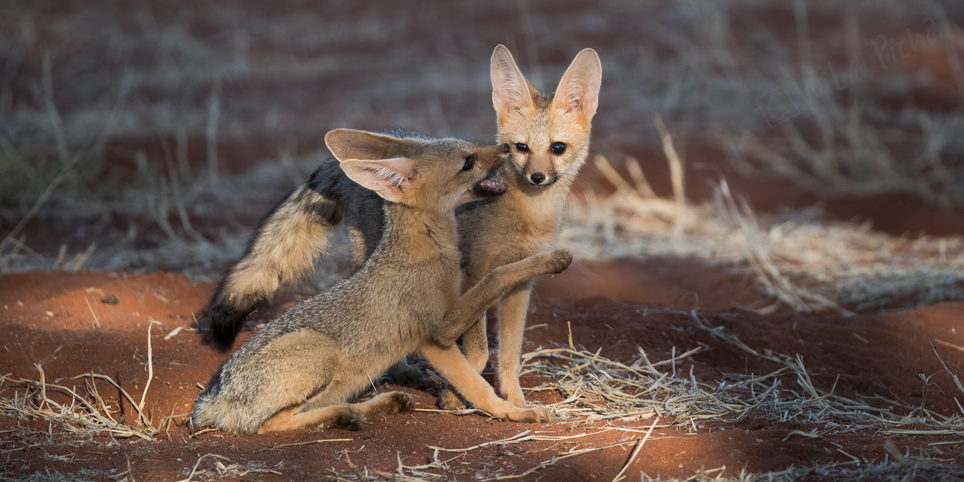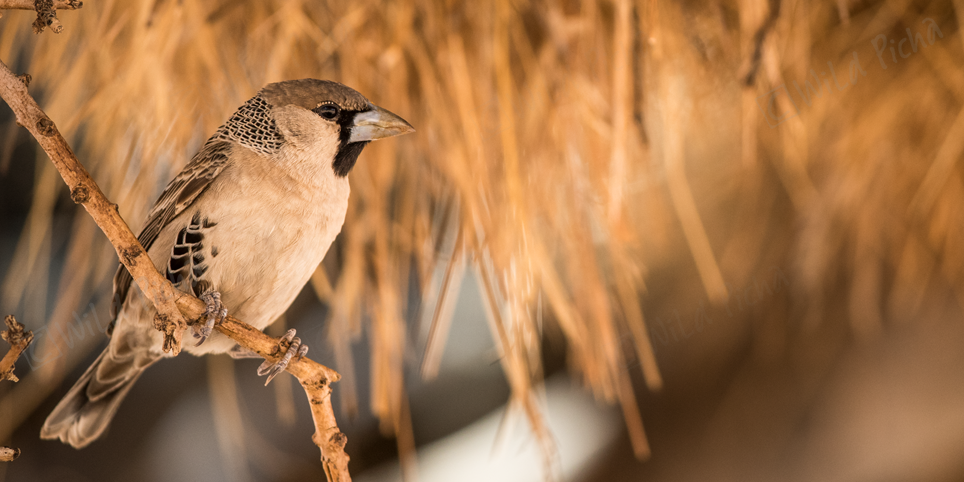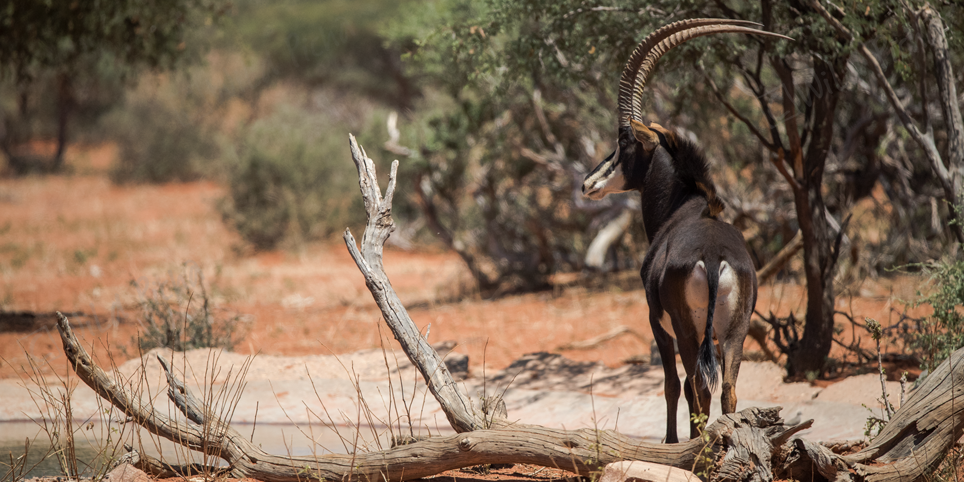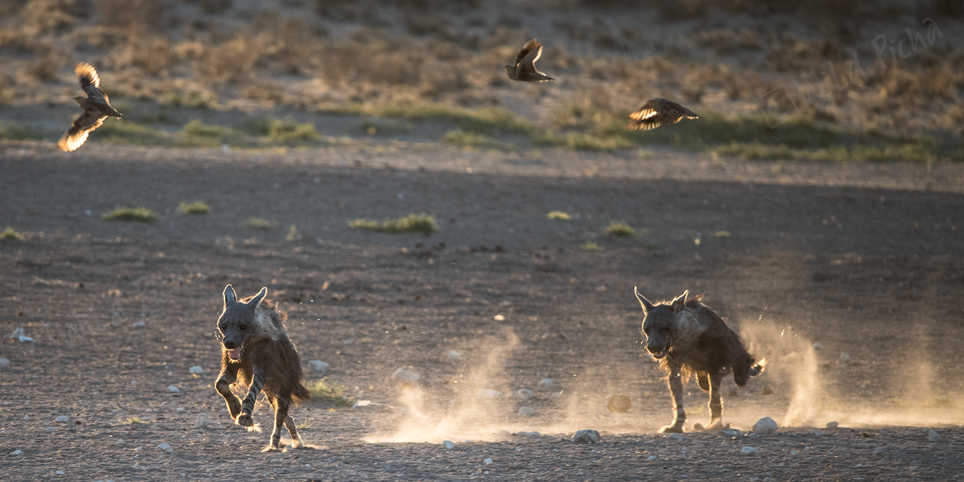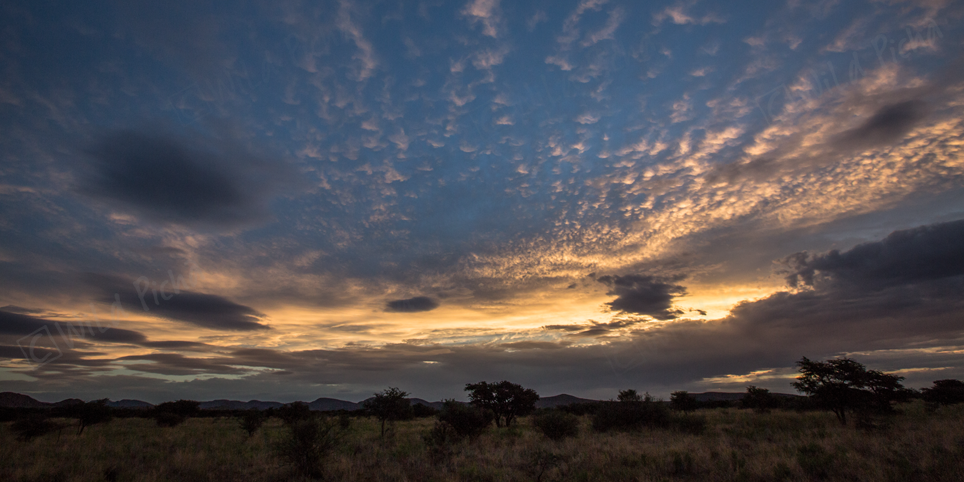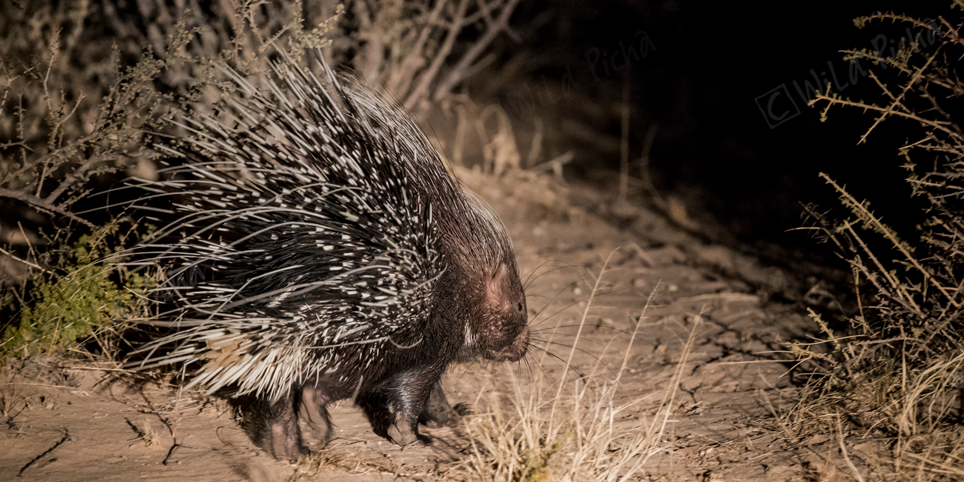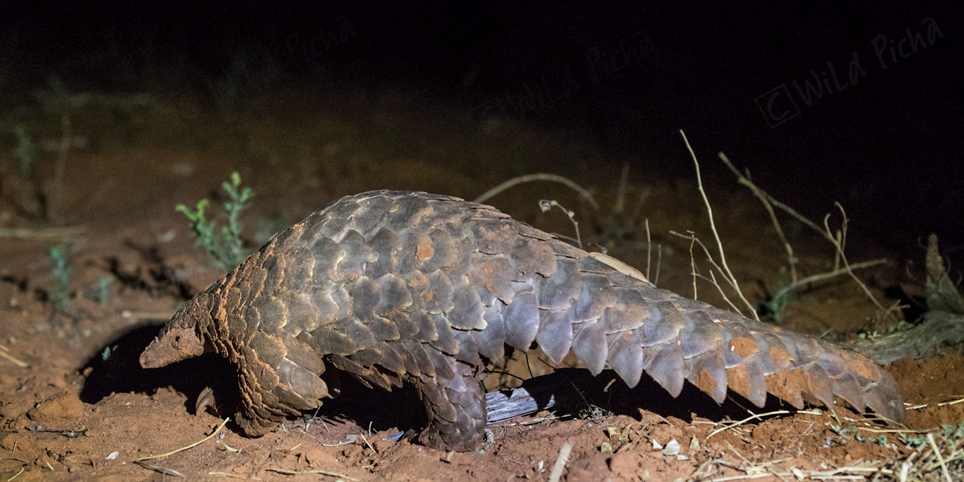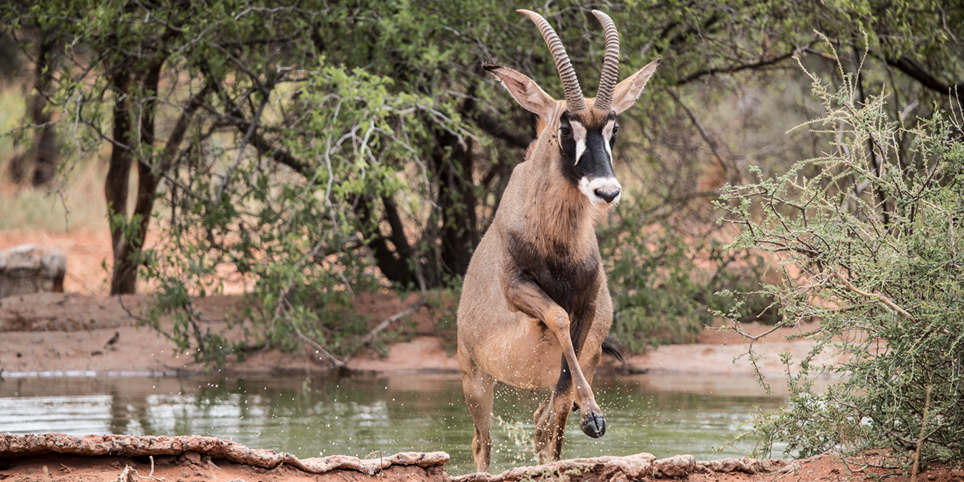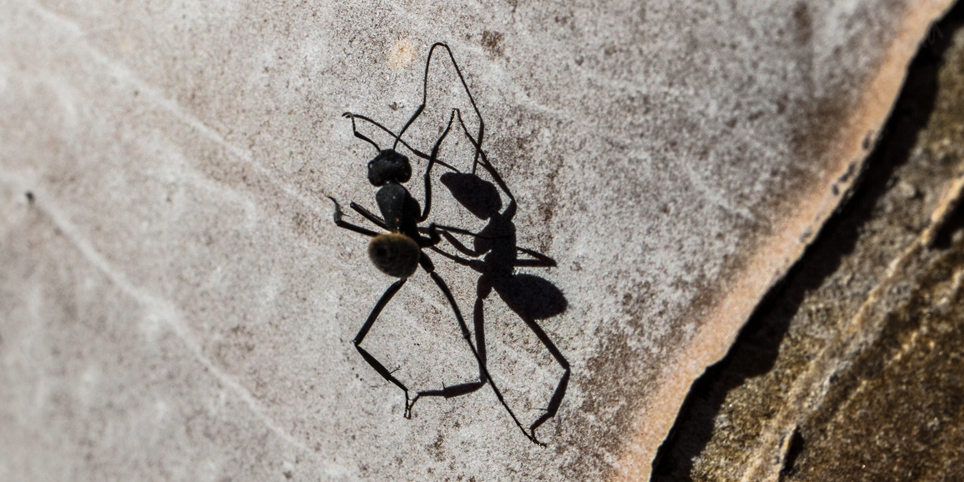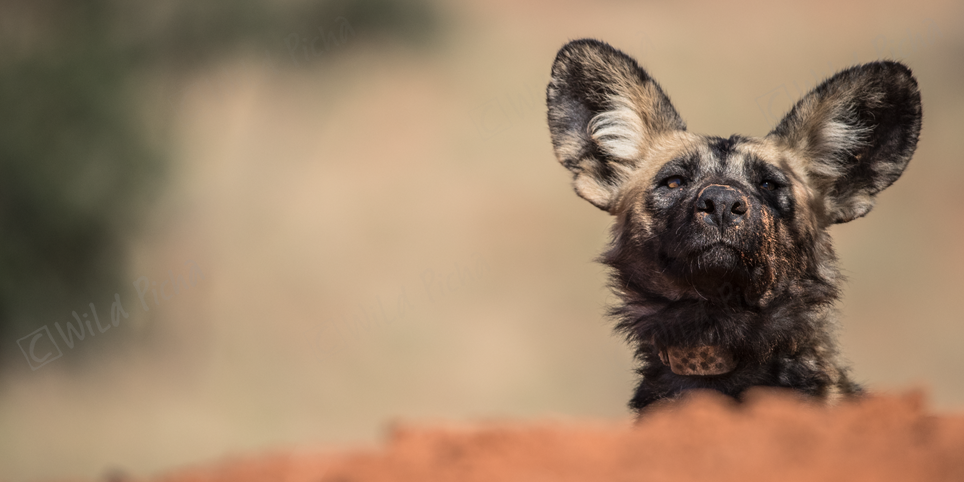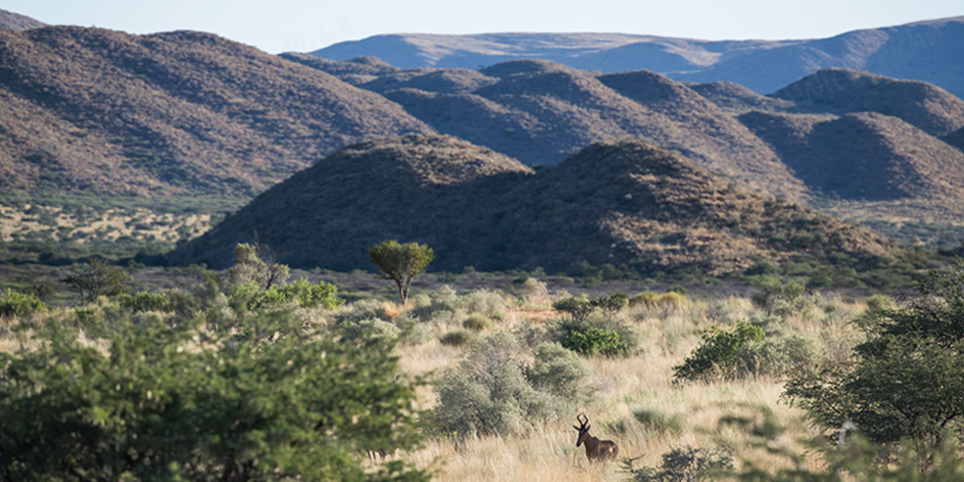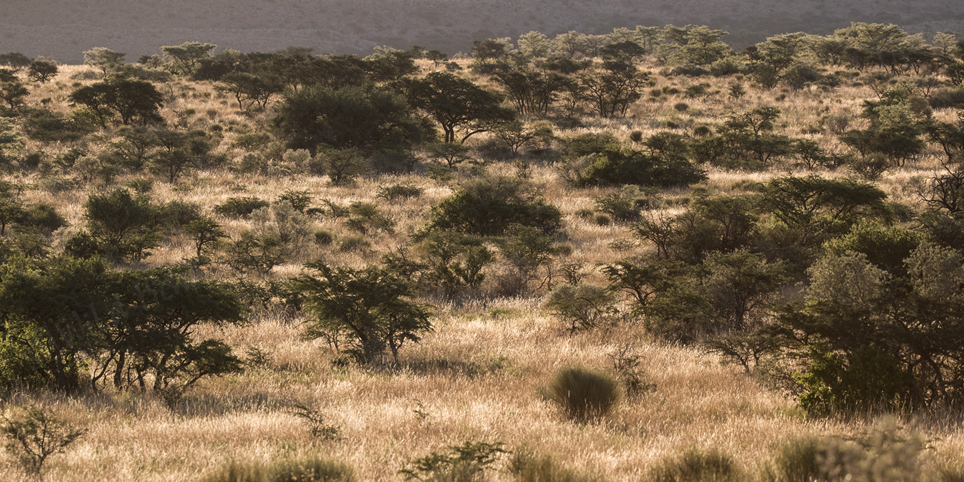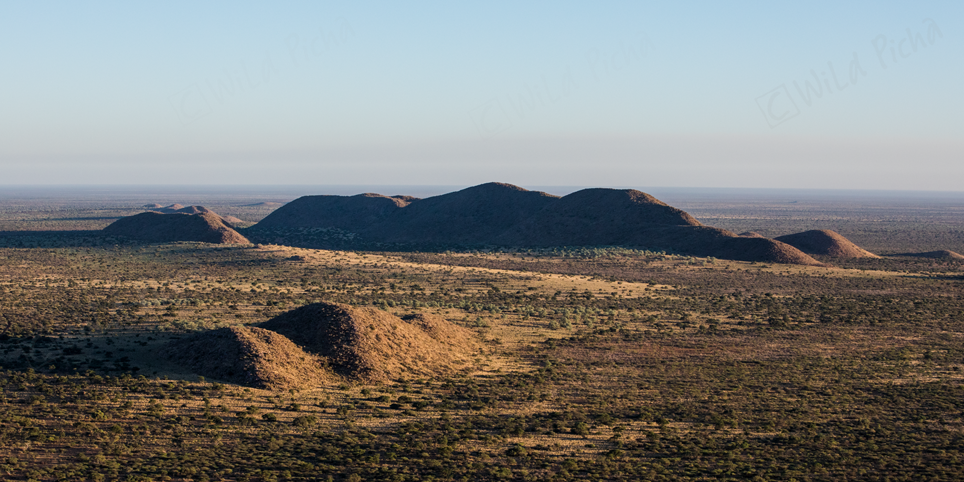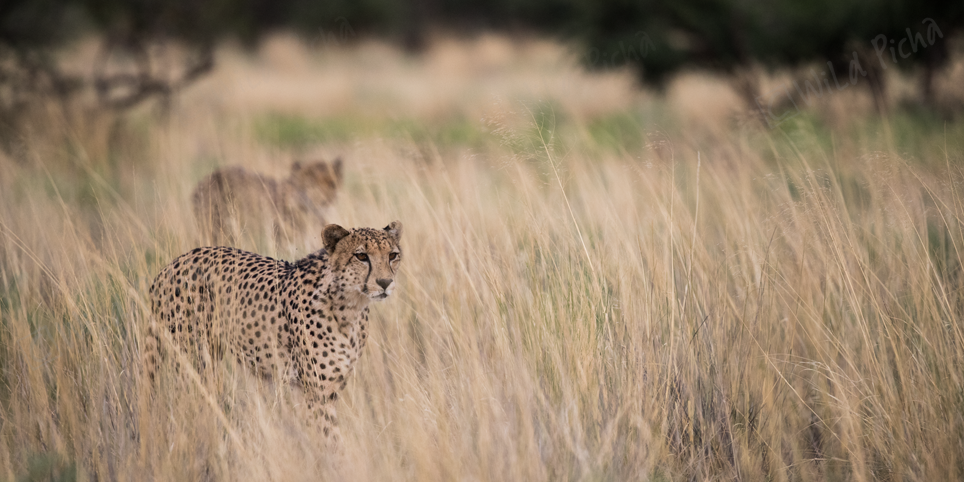Abundance in the Kalahari
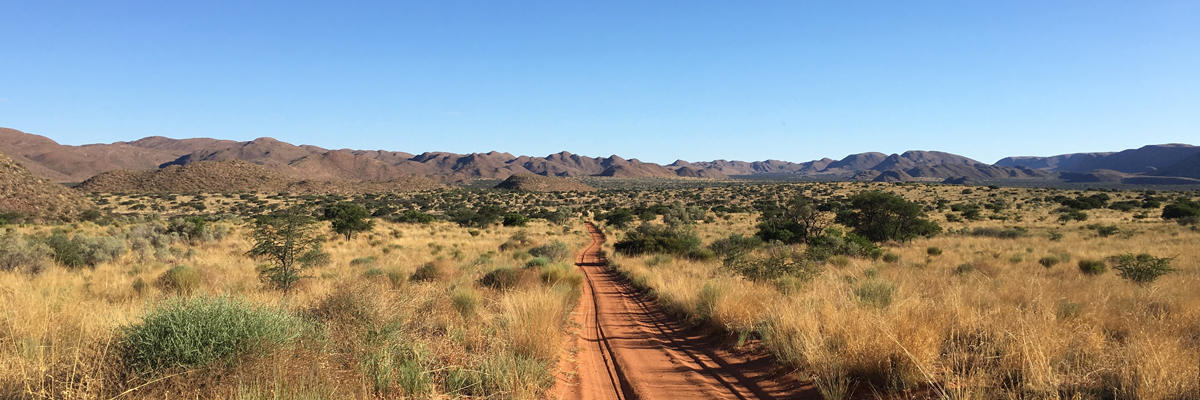
Summer in the desert
We were impressed by the relative abundance of vegetation and wildlife in this part of the Kalahari desert, the Tswalu game reserve. The name of this privately owned reserve stands for “new beginnings”. The early European settlers described the Kalahari as the „thirst land“. Due to climate change the area is becoming even dryer, causing some of the remaining farmers to sell their land. Now a team of experts carefully manages the ecological systems such as vegetative growth and water resources to restore the Kalahari’s natural ecosystems to their former biodiversity. Animals that have adapted to the extremely dry conditions, like the meerkats, oryx, sable, roan, eland, cheetah, wild dogs, leopard and the black maned Kalahari lions seem to do very well in this area. We came to see a lot of game and had great photo opportunities due to the great guides and trackers of Tswalu. Have a look at our pictures in the Kalahari Gallery down below.
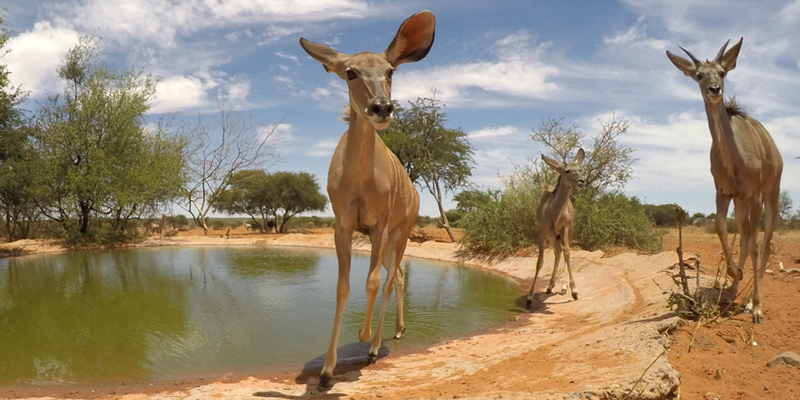
The attraction of the waterhole
In this desert environment most of the animals are dependent on the waterholes. Some center their lives around their favorite drinking spot and don’t wander far. They even seem to tolerate predators who come by to drink. We were surprised to see a pack of wild dogs staying next to a waterhole, while antelopes and warthogs kept on drinking as if nothing was wrong. Just staying at waterholes gave us great photo opportunities.
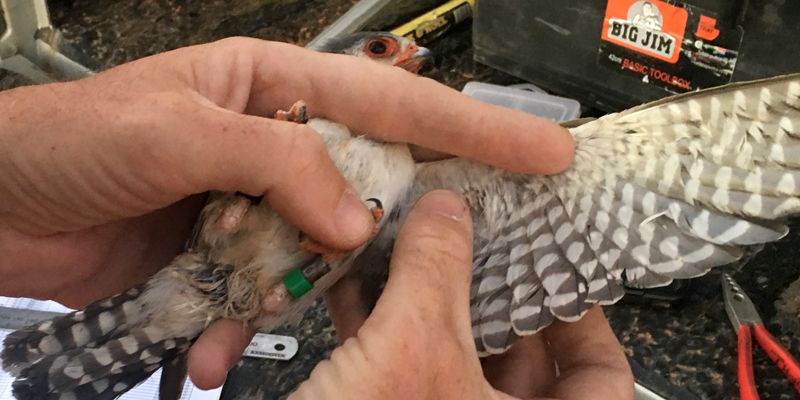
Ringing pygmy falcons
One of the landmarks of the Kalahari are the enormous nests built by sociable weavers. Up to 500 weavers house in such communal nesting site. They are often joined by other birds, like the pygmy falcon, the smallest raptor of Africa. Studies show that they keep the population of weavers under control, by feeding on the chicks. This is one of the many conservancy studies conducted at Tswalu. We were fortunate to join the researchers to catch the falcons at their nests, check on their health and ring them.
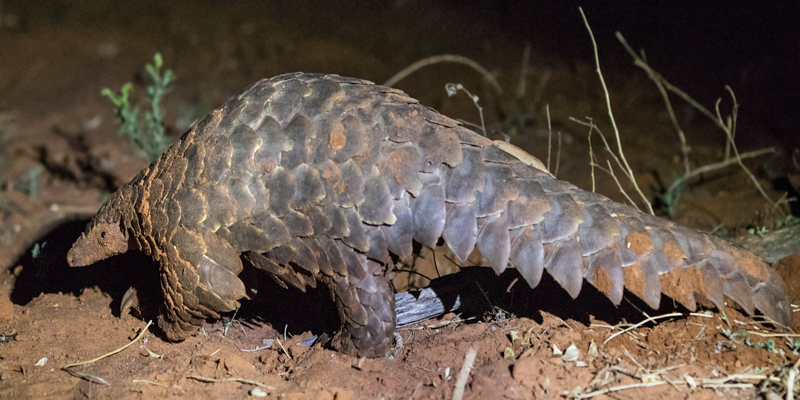
Pangolin taking a dust bath
Little is known about the highly endangered ground pangolin. We were lucky to join a researcher studying these shy nocturnal animals. They are not an easy subject, as they roll up in a ball as soon as they feel threatened. To observe them they had to get used to humans watching them, while they go on doing what they normally do, like feeding and grooming. We were amazed to watch this little guy take a dust bath!


